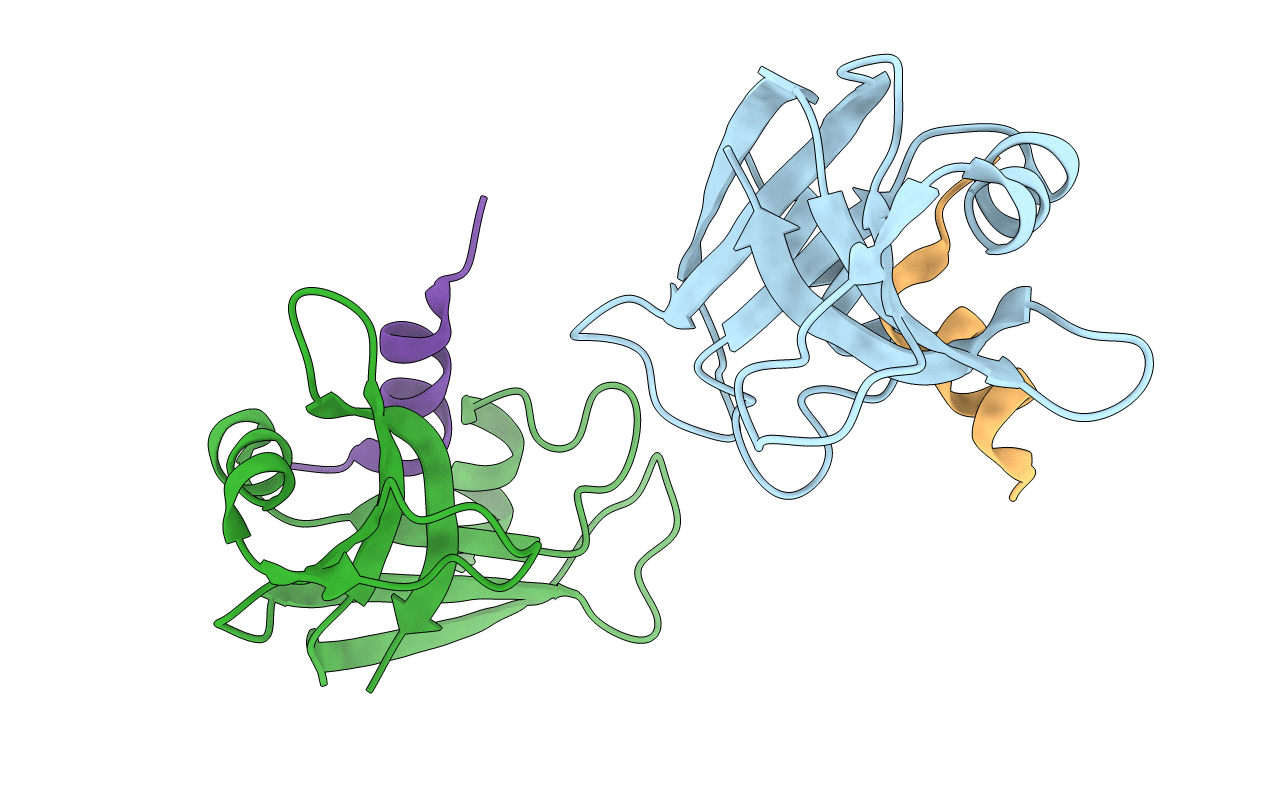
Deposition Date
2010-09-05
Release Date
2010-10-20
Last Version Date
2024-11-06
Entry Detail
PDB ID:
3OR0
Keywords:
Title:
Semi-synthetic ribonuclease S: cyanylated homocysteine at position 13
Biological Source:
Source Organism:
Bos taurus (Taxon ID: 9913)
Method Details:
Experimental Method:
Resolution:
2.30 Å
R-Value Free:
0.27
R-Value Work:
0.21
R-Value Observed:
0.22
Space Group:
C 1 2 1


